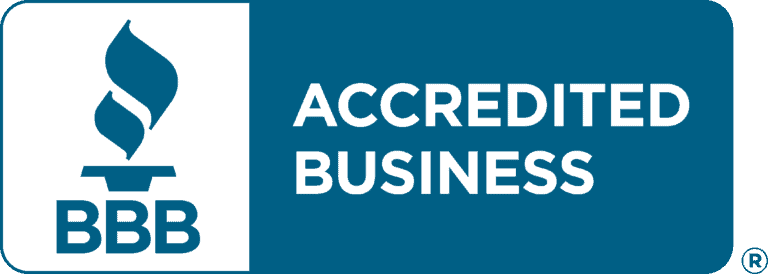Restaurant owners have a lot of duties to manage. Cost management comes first on the long list, then delivering exceptional customer service, paying bills, and processing payroll. A restaurant’s objective is to give patrons wonderful experiences while making money from them. Any restaurant owner who wants to succeed at this must control food costs while managing other expenses.
With rising inflation on consumer goods, managing food costs and reducing waste is one of the core areas you should focus on in your restaurant. However, if your restaurant food expenditures are not under control, you will not be able to produce profits and keep a healthy cash flow.
Here at Expense To Profit, we are dedicated to providing business executives with insights into reducing their daily and monthly expenses and improving their profit margins. Our last article discussed How to Select and Manage Your Vendor Partners. You should check it out.
So, how do you manage food and restaurant costs? Let us jump right in.
Track Your Inventory
One of the best places to start managing your food and costs in your restaurant is to have a complete picture of the content in your storeroom. Most small restaurant owners do not make routine inventory checks a habit and must constantly deal with depleting profits.
It is essential to track the volume of goods in your inventory and the actual consumption volume throughout the day. Monitoring your physical stock allows you to monitor wastage that may have been crippling your business. It also allows you to see priorities for specific materials and goods.
If you notice a particular good is prone to spoilage, you can reduce the order, saving finances.
Practice Sales Forecasting
Another way you can manage and control your food costs is to implement sales forecasting. Again, restaurant executives often overlook this, but the times call for more introspection of your restaurant operations.
Sales forecasting involves gaining an oversight of your past sales to discover patterns. From the figures, you can predict future sales for your business. Sales forecasting comes with some benefits you should consider.
You will better understand and procure your ingredients and food preparations. It will help schedule staff properly to make room for the experienced team to work during your busiest times.
Sales forecasting is not absolute, as there will be a time you may experience unusual patronage. But it can help you predict busy holidays like Valentine’s Day and other peak seasons.
Monitor Your Serving Portions
Keeping an eye on your serving sizes is another strategy to manage your food and budget. Maintaining the correct number of meal portions is crucial when serving your customers. But how can you determine the ideal serving size for your customers?
You can keep track of the plates when they are returned to the kitchen for washing. If there are a lot of leftovers, you can reduce the portion, drastically reducing waste. Also, if there are a lot of requests for to-go bags, you can reduce the serving portions.
Another essential aspect is training your staff on established food portions to serve customers the right portions continuously. It will help reduce uneven portions, which impacts your bottom line.
Contact New Vendors
Your current vendors may be overcharging you for cheap goods and ingredients. That is why it is essential to conduct market research for your goods and contact new vendors when your contract with your vendors is up.
We published an article on how eSourcing For Reverse Auctions can improve your business operations. You should check it out.
If you want to stick with your existing vendors, you should renegotiate your contracts and agree on a favorable term. Your old vendors may lower their charges instead of losing your patronage completely.
Reduce Waste
According to the Natural Resources Defense Council, about 40% of all food in the US goes uneaten and wasted. The report also reveals that wasteful squandering leads to an estimated $218 billion annually.
In all of this, you should strive to lower your waste output quota. Ensuring your staff gives clients accurate meal orders will help you do this and lessen the likelihood of food returns going to waste.
Sales forecast and proper food portioning can also help reduce food waste.
Re-organize Your Restaurant Backroom
Have you ever bought some goods only to discover that you had enough of them before? It is a huge sign that you might need to organize your storeroom or warehouse properly.
You should structure and section your store so that you can find items quickly. Re-organizing your store will reduce spoilage and allow you to spot which items to restock.
Conclusion
Any business may be challenging to manage, and adding factors like food and client satisfaction only make it harder for the owner. Therefore, as the owner, you should take all reasonable steps to ensure procedures are in place throughout the restaurant to facilitate your work and boost sales. We are also pleased to speak with you if you need help managing your expenses for food or would want to learn about other options.
Expense to Profit is a cost-reduction agency designed to help small and large businesses improve their profit margins by reducing overhead expenses. Our strategies are industry-proven and tailored to your business needs.
Call us today for a free consultation and expense reduction analysis.






